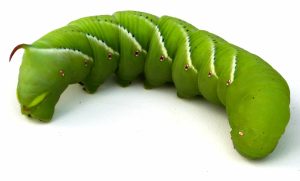Among the many gardening practices, one question often arises: do you deadhead peonies? Let’s dig into the world of peonies, exploring the benefits of deadheading, the techniques involved, and essential care tips, while adding a personal touch to enrich your gardening journey.
The Process of Deadheading: What Is It?
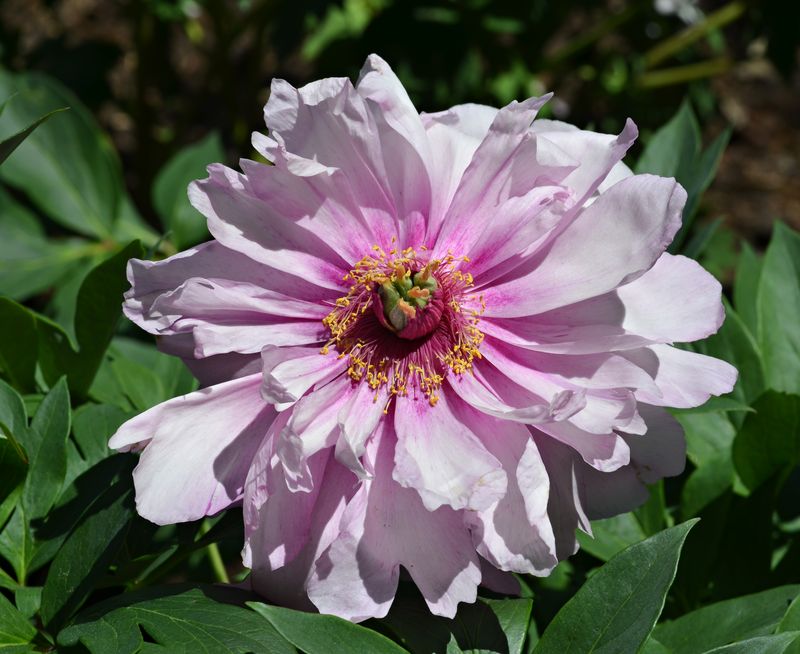
Deadheading refers to the process of removing spent or faded flowers from plants. This practice is common among many flowering plants and is particularly pertinent to peonies.
But why is deadheading important? On a fundamental level, it promotes a neater appearance and encourages the plant to direct its energy toward producing more blooms rather than developing seeds. By removing faded flowers, we also reduce the chance of pests and diseases that can arise from decaying blooms.
The Timing: When Should You Deadhead Peonies?
Timing is crucial when it comes to deadheading. For peonies, the best time to deadhead is right after the flowers have faded. This usually occurs in late spring to early summer, depending on the specific variety of peony and your local climate. It’s important to let the blooms fully open, allowing you to appreciate their beauty. Once the flowers begin to wilt, deadheading can commence.
Signs That It’s Time to Deadhead
Understanding the signs that indicate it’s time to deadhead your peonies can empower you as a gardener. The flowers will generally start to lose their vibrant color, wilt, and eventually curl at the edges. Once you notice these signs, it’s an indication that the blooms should be removed. This act not only keeps your garden looking tidy but also encourages healthy growth in the long term.
Techniques for Deadheading Peonies
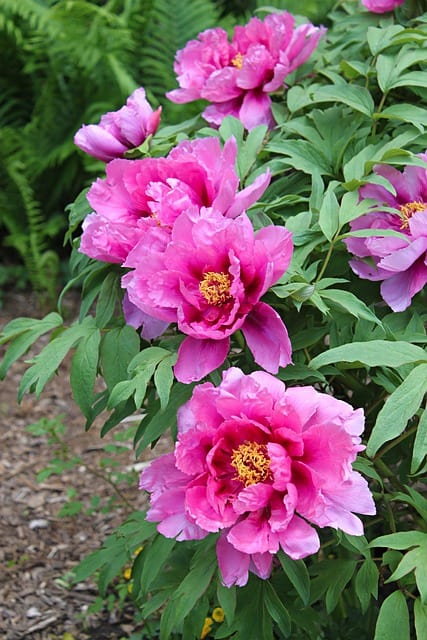
Deadheading peonies is a straightforward process, but using the right technique can make all the difference. Here’s how to do it.
Tools You’ll Need
Before starting, gather your tools. You will need:
Clean, sharp pruning shears: This ensures clean cuts and reduces the risk of disease.
Gardening gloves: To protect your hands and keep them clean.
A small bucket or container: For collecting the spent blooms.
Step-by-Step Guide to Deadheading Peonies
Identify Faded Flowers: Walk through your peonies, examining each flower. Look for those that are wilting or have already faded.
Make the Cut: Use your pruning shears to snip the flower head. Cut the stem just above a set of healthy leaves or buds, ideally about an inch or so from the base of the flower. This technique ensures that the plant can continue to focus its energy on new growth.
Remove Foliage if Necessary: In some instances, the leaves attached to the spent flower may also look unsightly. If they appear yellow or unhealthy, you can cut them back as well. Make sure to do it judiciously to avoid removing too much of the plant.
Clean Up Debris: Gather the flower heads and any foliage you’ve removed, placing them in your container. This helps maintain a clean garden and decreases the chances of attracting pests.
Check for Pests and Diseases: During deadheading, take the opportunity to inspect your peonies for any signs of disease or pest infestation. Catching these issues early can save your plants in the long run.
The Benefits of Deadheading Peonies
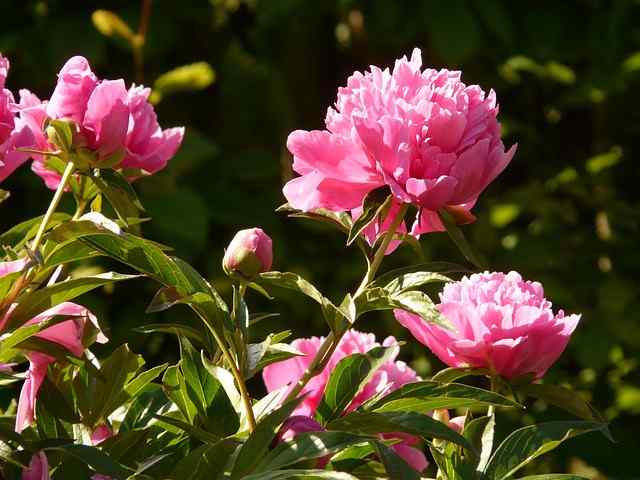
Beyond simply tidying up your garden, deadheading offers several benefits that can enhance the health and beauty of your peonies.
Enhanced Blooming
By deadheading, you are signaling to your peonies that they should produce more flowers. This is similar to a plant’s instinct to reproduce; if it sees that some flowers are gone (and no seeds are being produced), it may put forth additional blooms in an effort to ensure survival.
Improved Plant Health
Removing spent flowers can also assist in maintaining the overall health of the plant. With fewer decaying flowers, there’s a lower risk of fungal infections and pests that tend to thrive in damp, rotting conditions. By keeping your peonies clear of debris, you’re giving them the best chance to shine.
Aesthetic Appeal
A well-cared-for garden is a source of pride for many gardeners. Deadheading contributes to a tidier appearance, ensuring your peonies look their best. Additionally, this practice encourages subsequent blooms, so your peonies can continue to impress throughout their flowering season.
After Deadheading: What Comes Next?
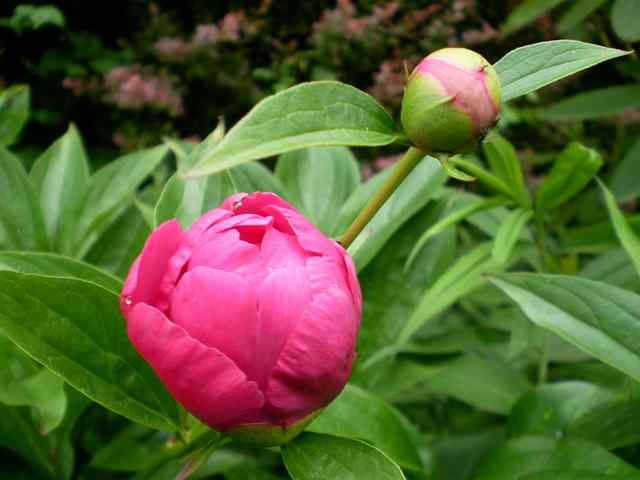
Once you’ve finished deadheading your peonies, there are a few additional care tips to keep in mind to ensure their health and vibrancy.
Watering
After the deadheading process, ensure that your peonies are adequately watered. These plants appreciate consistent moisture, especially during the blooming season. However, be cautious not to overwater, as soggy soil can lead to root rot.
Fertilizing
In the wake of deadheading, consider giving your peonies a boost with a balanced, slow-release fertilizer. This can help support new growth and encourage more blooms later in the season. Look for fertilizers with equal parts nitrogen, phosphorus, and potassium (NPK) or those specifically formulated for flowering plants.
Mulching
Applying a layer of mulch around the base of your peonies can help retain soil moisture and suppress weeds. Organic materials like shredded bark or straw can provide additional benefits as they break down and enrich the soil over time.
Monitoring Growth
Continue to monitor your peonies for any signs of pests or diseases, particularly after major gardening activities like deadheading. Early intervention can make a world of difference in managing issues before they escalate.
Common Misconceptions About Deadheading Peonies
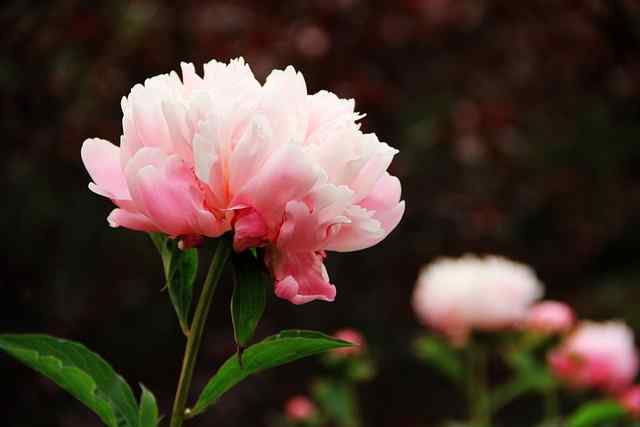
As with many gardening practices, misconceptions abound about deadheading, particularly when it comes to peonies. Let’s address a few of these prevalent misunderstandings.
Misconception 1: Deadheading Affects Plant Growth Negatively
Some gardeners worry that deadheading could harm their plants, fearing that they might stress the peonies by continually cutting them back. On the contrary, when done correctly, deadheading encourages growth. Peonies are resilient and will thrive when spent blooms are removed.
Misconception 2: Deadheading Is Only for Annuals
While many gardeners associate deadheading primarily with annual plants, it is equally impactful for perennials like peonies. Many perennials benefit from deadheading, which can promote more blooms and healthier plants.
Misconception 3: It’s Not Necessary for Peonies
While it’s true that some gardeners choose not to deadhead peonies, the practice can significantly enhance the plant’s performance. Skipping deadheading can lead to a less tidy garden and may result in fewer blooms over time.
Conclusion: The Joy of Caring for Peonies
In summary, deadheading peonies is a beneficial practice that can enhance the beauty and health of your garden. By understanding the nuances of peony care and actively engaging in deadheading, you cultivate not only stunning blooms but also a deeper connection with your garden.





